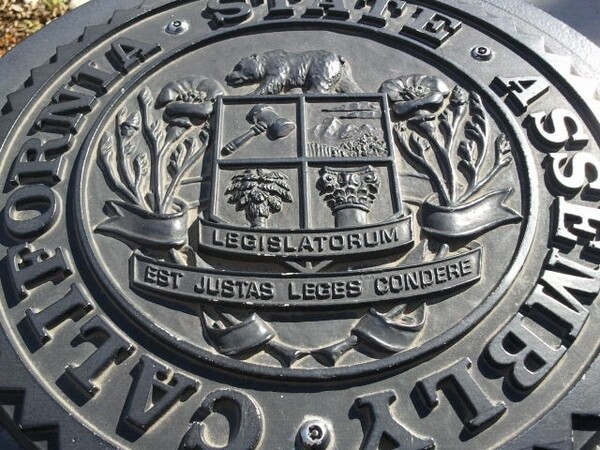More Clean Energy Bills Die In Sacramento

Photo: Edward Headington/Flickr/Creative Commons License
ReWire reported yesterday that a last-minute lobbying effort by two of California's largest utilities helped kill a bill that would have increased access to solar power for Californians that don't own a sunny rooftop. Two other clean energy bills failed to make it to the Governor's desk before the Legislature adjourned; One would have increased distributed solar development in less-affluent neighborhoods, and the other would have helped take some of the state's most polluting vehicles off the road.
Assembly Bill 1990, introduced by Assembly member Paul Fong, would have extended California's tiny solar-electric feed-In tariff program, which now obligates utilities to buy power at a premium rate from 750 megawatts' worth of solar power producers. AB 1990 would have upped that by 190 megawatts and specified that those 190 megawatts of capacity must be sited in poor communities, with the intent of spurring clean energy economic investment in some of the California communities that need it most.
The bill was opposed by California's investor-owned utilities, which are generally opposed to feed-in tariff programs. Even with AB 1990's proposed additional megawattage, California's feed-in tariff would have been capped at 940 megawatts, which -- for the sake of perspective -- is less than 2% of Germany's current feed-in tariff program, which has a partial cap of 52 gigawatts.
San Diego-area State Senator Christine Kehoe's Senate Bill 1455, which would have extended and strengthened a number of state vehicle fuel and air quality programs, also fell victim to the legislative process. Among other things, SB 1455 would have extended the state's $1.75 clean air fee on in-state sales of vehicle tires, and continued the $20 smog inspection fee that now funds state alternative fuel and air quality funds. The bill would also have extended the so-called Carl Moyer Memorial Program, which provides grants to owners of highly polluting trucks and heavy equipment to help replace or retrofit those vehicles to emit fewer pollutants.
SB 1455 likely died due to opponents' characterization of its extension of fees as a "tax hike." Both bills are likely to be reintroduced, in one form or another, in the 2013 legislative session, as are some of the other environmental protection bills that didn't make the cut this year.
ReWire is dedicated to covering renewable energy in California. Keep in touch by liking us on Facebook, and help shape our editorial direction by taking this quick survey here.